by Jane Neil, guest blogger & garden volunteer
The beautiful Victorian Garden at Daly House Museum already incorporates many plants and flowers that pollinators appreciate but the volunteer gardeners who work there wanted to do more.
The Pollinator Patch, on the west side of the house, is now in its 4th year and has been created as an area of the garden dedicated to supporting bees and butterflies and other pollinators. We are learning as we go as to what works best and what is happy to grow in this location – and that’s what gardening is all about anyway!
Bee City Brandon volunteers have helped us create the Pollinator Patch showing us the best practices for supporting pollinators and we follow these practices throughout the Daly House Garden. (Pollinators don’t just stay in one spot!)
Here is what we follow (ref: beecitycanada.org/pollinator-pledge)
- Adding native plants to the garden. A pollinator habitat is where pollinators live, eat, sleep and raise their young. Native plants and native pollinators have evolved together over millions of years, and they need each other. The Daly House Pollinator Patch has mostly native plants growing there. In the rest of the Daly House Garden the plants are mostly exotics (not native to Manitoba) and cultivars but we ensure there are plenty of bee loving cultivars and some native plants, especially early in the season.
- Planting at least 3 flowering plants to bloom in each season. Pollinators are looking for pollen and nectar as food sources from early spring to late fall.
- Pesticides are not used and we plant pesticide – free plants. Chemical herbicides, weed killers, fungicides and insecticides harm the pollinators and the soil where they live. Plants for sale are not always labelled or marked as pesticide-free, so, when we buy plants, we check first.
- We choose to “leave the leaves” in the garden over the winter. Leaving seed heads, berries and leaves in the fall and waiting until late spring to cut back plants helps protect habitats that pollinators need over the winter.
If you are wanting to know more about how to support pollinators in your yard check out the links at Bee City Brandon beecitybrandon.com/ and Bee Better Manitoba beebettermb.ca/ . Another good source is The Manitoba Museum prairiepollination.ca/accueil-home/
Native Prairie plants you’ll find in the garden at Daly House include:
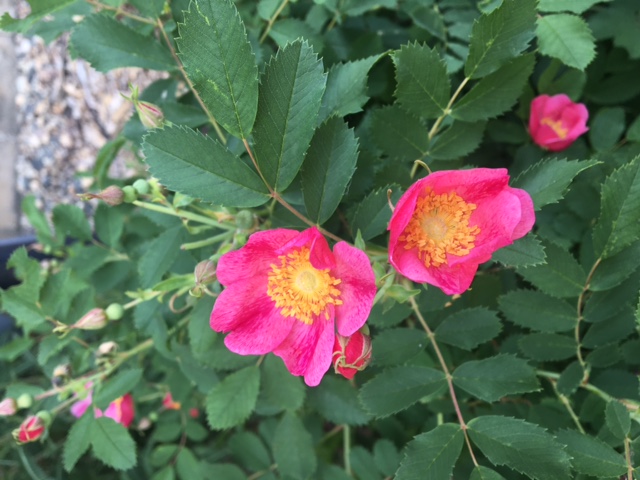
Prairie Rose, Rosa arkansana
Roses have plenty of pollen and are loved by bees. Their strongly scented flowers also attract birds and butterflies.
We also have growing in the Pollinator Patch an heirloom rose. Not a native plant but heirloom varieties are still an excellent source of pollen and nectar, attracting bees, and butterflies and other pollinators.
Prairie Crocus, Anemone patens – Manitoba’s official flower
One of the first plants to bloom in the spring. The flowers have abundant pollen attracting small bees and other insects.
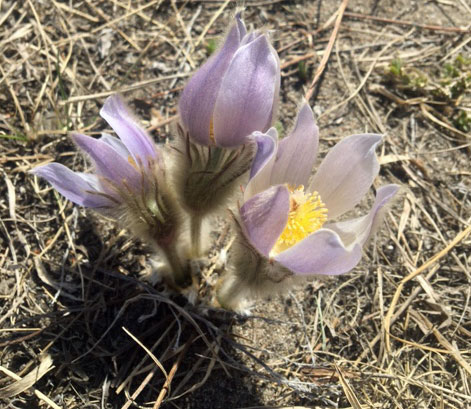
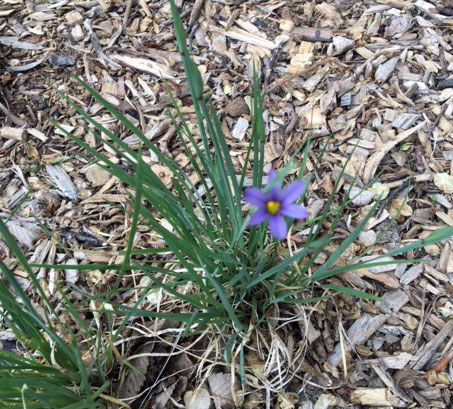
Blue-eyed Grass, Sisyrinchium montanum
Not a grass but an iris. They attract early flying pollinators as the flowers are only open in the morning.
Swamp Milkweed, Asclepias incarnata
The milkweed’s plentiful nectar attracts many pollinators. The monarch butterfly is probably its most well-known visitor.
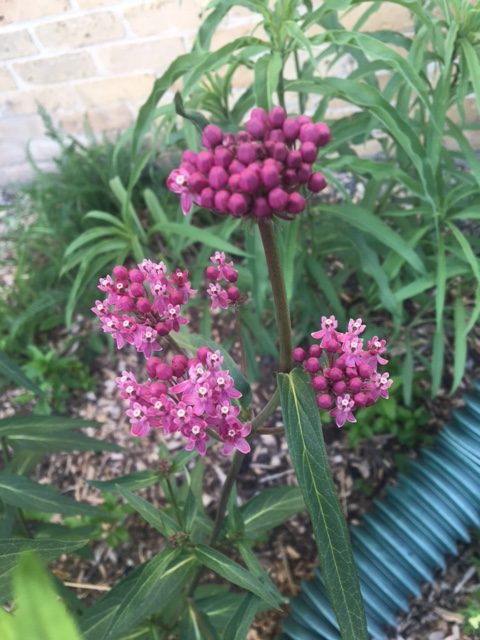
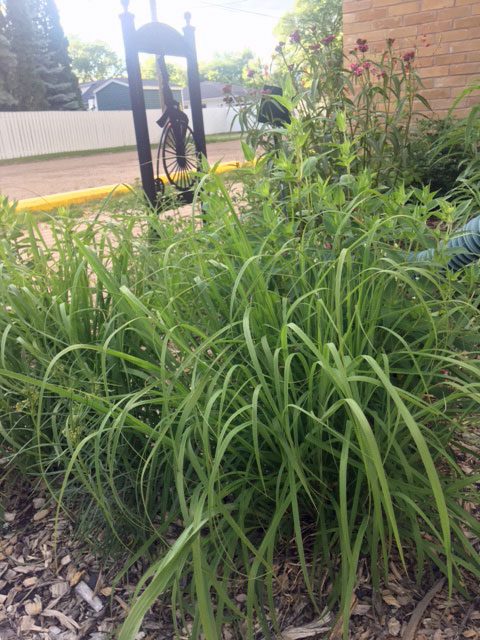
Big Blue Stem, Andropogon gerardii – Manitoba’s official grass
A warm season, bunch grass it is one of the main species of the Tall Grass Prairie. It is recognised by its flowering head that resembles a turkey’s foot. It provides nesting material for native bees and is a larval host for many butterflies.
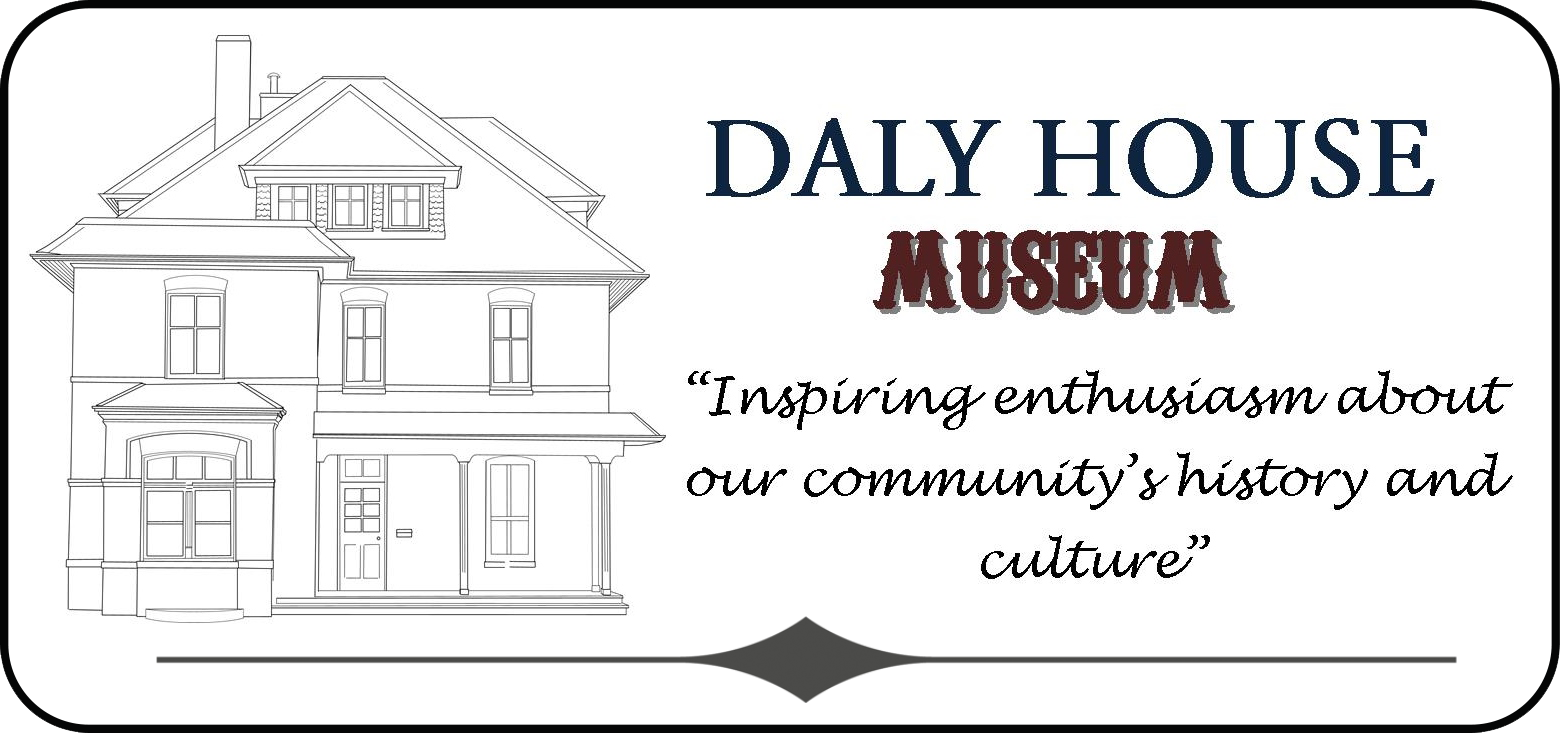
Recent Comments